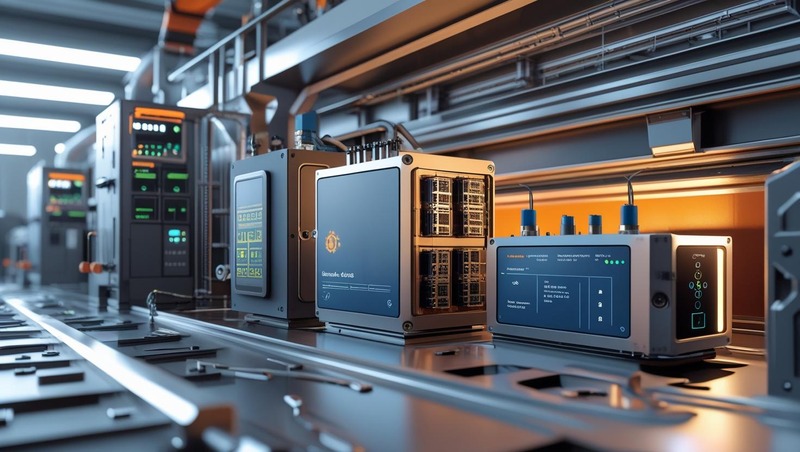Smart manufacturing is undergoing a radical transformation driven by the convergence of intelligent edge devices and advanced technologies. Once limited to simple data acquisition, today’s edge devices in industrial settings are evolving into powerful, autonomous systems capable of real-time processing, decision-making, and machine-to-machine communication. This shift is revolutionizing production lines, enabling greater agility, precision, and efficiency. At the core of this revolution is the integration of sensors, computing, and artificial intelligence—ushering in the era of intelligent edge manufacturing.
Modern edge devices start with advanced sensors that capture vital data across parameters such as temperature, vibration, motion, pressure, and environmental conditions. These sensors are becoming more accurate, compact, and energy-efficient, allowing them to be deployed across a wider range of machines and locations. With multi-sensing capabilities and built-in diagnostics, they are not only collecting data but also providing real-time feedback on machine health, production quality, and safety conditions.
Download PDF Brochure @ https://www.marketsandmarkets.com/pdfdownloadNew.asp?id=195348761

The leap from data collection to intelligence is being fueled by embedded edge computing. Edge devices now feature onboard processors and memory that allow them to analyze data locally without needing to transmit it to centralized servers or cloud platforms. This localized processing reduces latency, ensures faster response times, and minimizes bandwidth usage—critical factors in high-speed manufacturing environments. For instance, predictive maintenance algorithms running directly on edge devices can detect early signs of equipment failure, allowing for timely intervention and minimizing downtime.
Artificial intelligence (AI) and machine learning (ML) are supercharging the capabilities of edge devices. By training models on historical production and equipment data, these devices can make intelligent decisions on-site—classifying defects, optimizing workflows, and adjusting operational parameters in real time. Edge AI is particularly effective in high-variability environments like custom manufacturing, where adaptability and contextual awareness are crucial.
Connectivity technologies are also playing a key role in enhancing edge device performance. With the advent of 5G, Wi-Fi 6, and Time-Sensitive Networking (TSN), edge devices can communicate with other machines, robots, and control systems at ultra-low latency and high reliability. These capabilities support synchronized operations across distributed systems and enable decentralized control in flexible manufacturing lines.
Cybersecurity has become a critical focus as more intelligence moves to the edge. Manufacturers are adopting hardware-based security features and encryption protocols within edge devices to protect against data breaches, sabotage, and industrial espionage. Secure boot, device authentication, and tamper detection are increasingly becoming standard in edge hardware design.
Digital twins and augmented reality (AR) are also gaining traction through edge-enabled systems. By synchronizing real-world sensor data with virtual models in real time, manufacturers can visualize performance, simulate scenarios, and train workers in immersive environments—right on the factory floor. These technologies are being deployed for quality control, remote troubleshooting, and operational training.
In conclusion, the evolution of edge devices from simple sensors to intelligent nodes is redefining the fabric of smart manufacturing. Emerging technologies in sensing, edge AI, connectivity, and cybersecurity are enabling manufacturers to unlock new levels of autonomy, resilience, and efficiency. As these intelligent systems become more pervasive, they are set to transform not only how products are made but also how entire factories are designed, operated, and optimized in the age of Industry 4.0.
